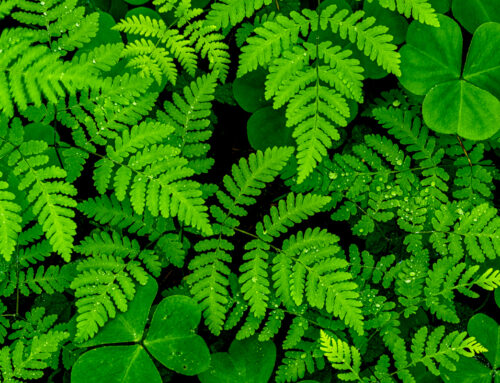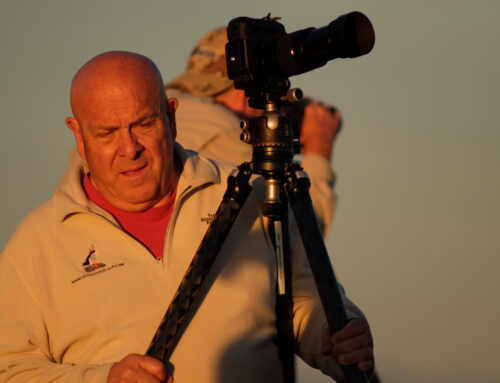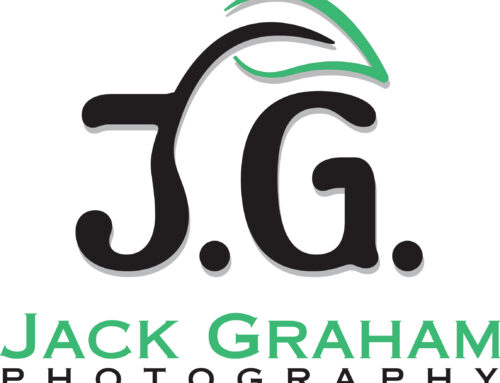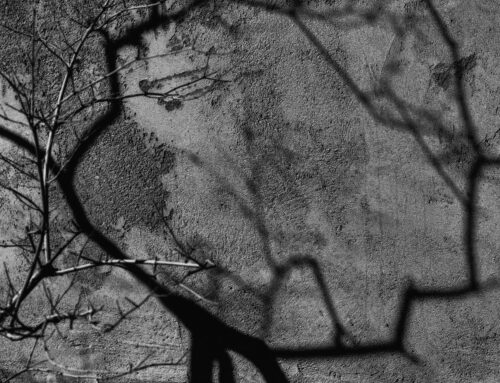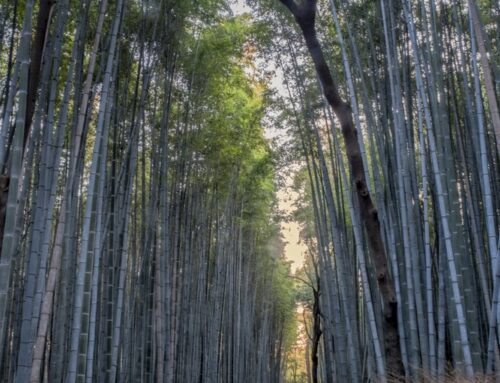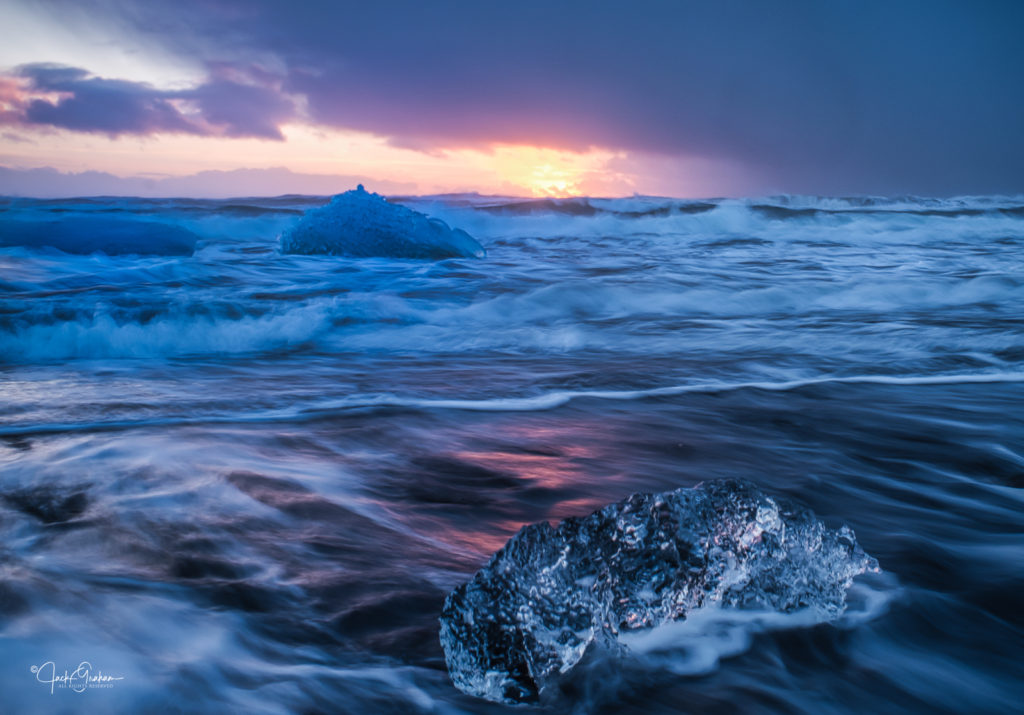
It seems to me that when it comes to landscape photography, the wide-angle lens is perhaps the most popular lens folks use to capture the vistas and the wide-open spaces often sought out by nature photographers. It’s also the hardest lens to master. We’ll discuss why and what to look for when using wide angle lenses.
Most photographers learn quickly that using a wide-angle lens, is not as easy as you may think. There are a few factors that you need to consider when using a wide-angle lens.
First, let me define what a wide-angle lens is compared to other focal lengths. Wide angle lenses range from 14-mm to 35mm. Wide angle lenses are the popular choice for landscape photographers, travel photographers shooting interiors, or photographers making large group photos and when working in confined situations.
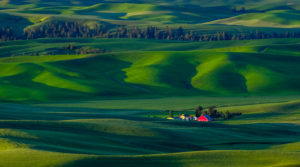 Lenses in the 35mm-70mm range is considered to be “standard lenses”, bridging the gap between the 70mm-200mm range which are often referred to as telephoto lenses. 200mm on up are refeed to as super telephoto lenses.
Lenses in the 35mm-70mm range is considered to be “standard lenses”, bridging the gap between the 70mm-200mm range which are often referred to as telephoto lenses. 200mm on up are refeed to as super telephoto lenses.
For this essay, lets just talk about the wide-angle lenses and their challenges to photographers.
I have thousands of landscape images in my files made with wide angle lenses. Without question probably 90% were made with the camera below my waste level, on a sturdy tripod. I tell my students that wide angle lenses should be called “Get low and cram in the foreground lenses”, that way you all would remember the right way to use them!
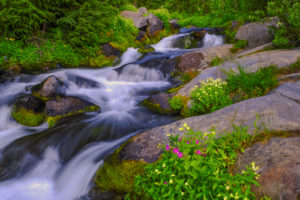
28mm, Use of Foreground and Leading Line
Not only does a good foreground anchor the subject or provide a leading line to the subject, foregrounds add drama to your image and allow the viewer to be drawn to your story. Using a wide angel lens at eye level will not deliver the proper perspective that can be attained by getting low.
COMPOSITION with a WIDE-ANGLE LENS
There are a few things that are important when composing with your wide-angle lens. Ask yourself a few questions before making the image.
- What is your reason for using a wide-angle lens?
- Are you looking to just put more “things” into your frame?
- Do you have a well-defined subject (that goes for all lenses, but more important with wide angle lenses)?

Simplify!
Remember that a wide-angle lens can distort the subjects in the image or enhance the perspective. Objects that are closer appear to be further away the wider lens you use. How do you diminish the distortion? Put something close to the lens in the foreground. Always remember to determine what you want the viewer to look at and use the elements in the image to help draw them to just that. Very often photographers have items in the frame that distract from the subject.
CHECK YOUR CORNERS

look at all 4 corners! Make there is nothing to distract. 21mm
Before that shutter is engaged take time to carefully inspect all four corners of the image. Is there anything creeping into the image? If so, fix it. A Wide-angle lens is notorious for adding unwanted “Stuff” to your image if you, the photographer isn’t paying attention.
KEEP YOUR CAMERA LEVEL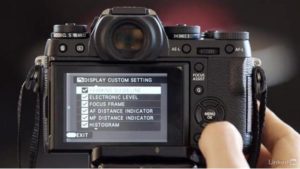
Most cameras now have built in levels. If you have one, use it. It’s important, especially with wide angle lenses. The wider the lens, the more vertical lines appear to converge. The slightest loss of level can make a big difference. Slow down and make sure your level.
USE LINES TO YOUR ADVANTAGE
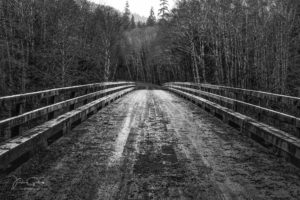 Lines are a powerful when it comes to making wide angle images. Lines take the viewer from the front of the image to the back. The wider the lens is, the more lines become exaggerated and the sense of scale becomes a huge factor, which can add interest to your image.
Lines are a powerful when it comes to making wide angle images. Lines take the viewer from the front of the image to the back. The wider the lens is, the more lines become exaggerated and the sense of scale becomes a huge factor, which can add interest to your image.
BE CAREFUL USING FILTERS

misuse of polarizing filter
notice upper left corner vs upper right corner
Filters, especially polarizing filters should be used sparingly with wide angle lenses. When your camera is 90 degrees from the direction of the sun these polarizing filter are used properly. When one side of the image is less than 90 degrees, at that time the influence of the polarizer is uneven throughout the scene. Remember those dark blue skies on one side and bright blue on the other. Avoid that! I rarely use a polarizer with wide angle lenses to eliminate having variations in saturation and brightness.
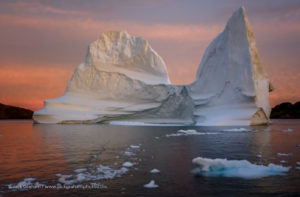
NO Polarizer 35mm
So how then do I manage the light. Remember uneven light will make one part of your image over exposed and other parts underexposed. To solve this problem, I use graduated neutral density filters. (I use the ones from Breakthrough Photography as I have found them to be the best when it comes to being neutral, not adding any color shift). Using these filters allows me to equalize the light and balance it through out the image. Proper use of these can be found in THIS article.
You can access Breakthrough Photography by clicking HERE . I cannot recommend these products strongly enough
LENS FLARE and LENS HOODS
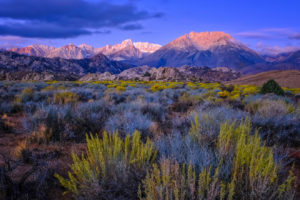 Wide angle lenses are much more suspect to possible adding lens flare to images than telephoto lenses. Lens flare occurs when light enters the lens, hits the sensor and creates a polygonal shape on the file. How to avoid flare? The best way it to use a proper lens hood with your wide-angle lens.
Wide angle lenses are much more suspect to possible adding lens flare to images than telephoto lenses. Lens flare occurs when light enters the lens, hits the sensor and creates a polygonal shape on the file. How to avoid flare? The best way it to use a proper lens hood with your wide-angle lens.
A wide angle lens is also much more susceptible to lens flare, in part because the sun is much more likely to enter into the composition. It can also be difficult to effectively shield the sides of the lens from stray light using a lens hood, since this hood cannot also block any of the image-forming light across the wide angle of coverage.
BE AWARE of LENS DISTORTION

Wide angle lenses, because they are wide, can product unwanted distortion. Barrel distortion causes straight lines to look bulged Edge distortion makes objects to look stretched. A rule of thumb is to simply buy lenses that produce less distortion than others. Most times, you get what you pay for.
Lens distortion can be somewhat adjusted and corrected using lightroom, Photoshop and some other software depending on the severity of the distortion.
ZOOM’S or PRIMES?
This is a very often asked question. My answer is both. For now, I’ll assume that you know the difference between a prime and a zoom lens. There are advantages to both. Many photographers think primes are sharper and better than zooms. Some are, some aren’t. There are some very, and I mean very good Zoom lenses around. The technology has become amazing. And yes, some primes are sharper than some zooms. You need to do your research.

Fujifilm 16-55mm F 2.8 R LM WR Zoom Lens
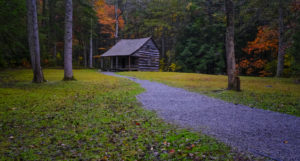
Fujifilm 23mm F 2.8 WR

Fujifilm 10-24mm f4 R OIS
I am a FUJIFILM “X” Photographer. I use both zooms and primes. I am equally amazed on how good the wide-angle zooms are vs the primes. For me, my decision on which to use (because Fujifilm’s lenses are frankly some of the most amazing glass you can use, no plastic, most weather resistant) is based on where am I going to be shooting and how much gear do I want to carry. Primes tend to be smaller than zooms, and in some cases offer larger maximum apertures than zooms, (f 1.4, 1.8, 2.0) which can be an advantage in low light situations.
My 3 Favorite Wide Angle Primes
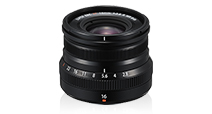
FUJIFILMS “NEW” 16mm f2.8
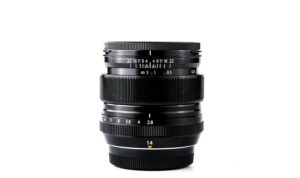
FUJIFILM’S 14MM f2.8–Tack Sharp!! ..also my go to astro and aurora lens
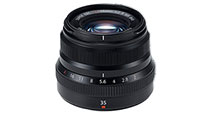
FUJIFILM’s 35mm f2.8
These 3 lenses are small, lightweight and tack sharp. Using the 1.5 crop sensor on my FUJIFILM X-T3 or X-H1 gives me the equal of a 21, 35 and 52mm lenses.
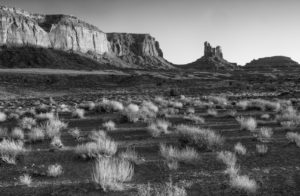
Fujifilm 16-55mm f 2.8 R LM WR ( 24-83mm in full frame)
If you are on a tight budget primes are usually less expensive than zooms. Prime lenses also get you to walk around more, and perhaps makes you reevaluate your composition a bit more than a zoom lens does.
Primes have much fewer moving parts so you would think they may be sharper. Some primes are , Some Zooms are, it depends. Zooms can be very sharp, they just cost more. Zoom lenses also have many more elements. The better quality of the glass, construction (and more factors) the sharper the lens is. Every year zooms are getting better and better. I love my FUJIFILM glass!!!…. and I love my FUJIFILM 16-55 f 2.8 R LM WR . I would estimate I shoot this zoom lens about 65% of the time and the primes 35% of the time. They all do the job and are very , very sharp.
HERE is a nice little video made by some other Fujifilm photographers who were lucky enough to visit one of Fujifilm’s lens factories in Japan. It shows just what goes into manufacturing great lenses.
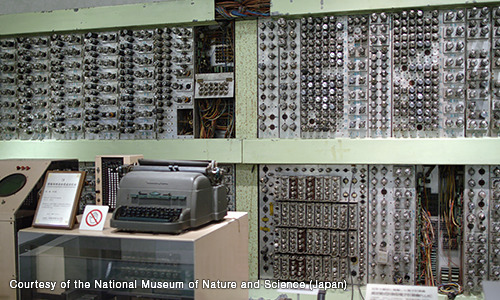 DID YOU KNOW that FUJIFILM ( Fujinon) developed the first computer (back in 1956) that was able to the the intricate mass calculations required to produce extremely sharp lenses. Check out THIS WEBSITE for some interesting text and videos.
DID YOU KNOW that FUJIFILM ( Fujinon) developed the first computer (back in 1956) that was able to the the intricate mass calculations required to produce extremely sharp lenses. Check out THIS WEBSITE for some interesting text and videos.
Wide angle lenses are perhaps the hardest lenses to master. By thinking about these things, you will become a true master of these lenses.
Below is a vertical Pano ( 2 frames made with the FUJIFILM 23mm lens stitched together to give the viewer perhaps a little different perspective on a familiar iconic location in Olympic National Park.
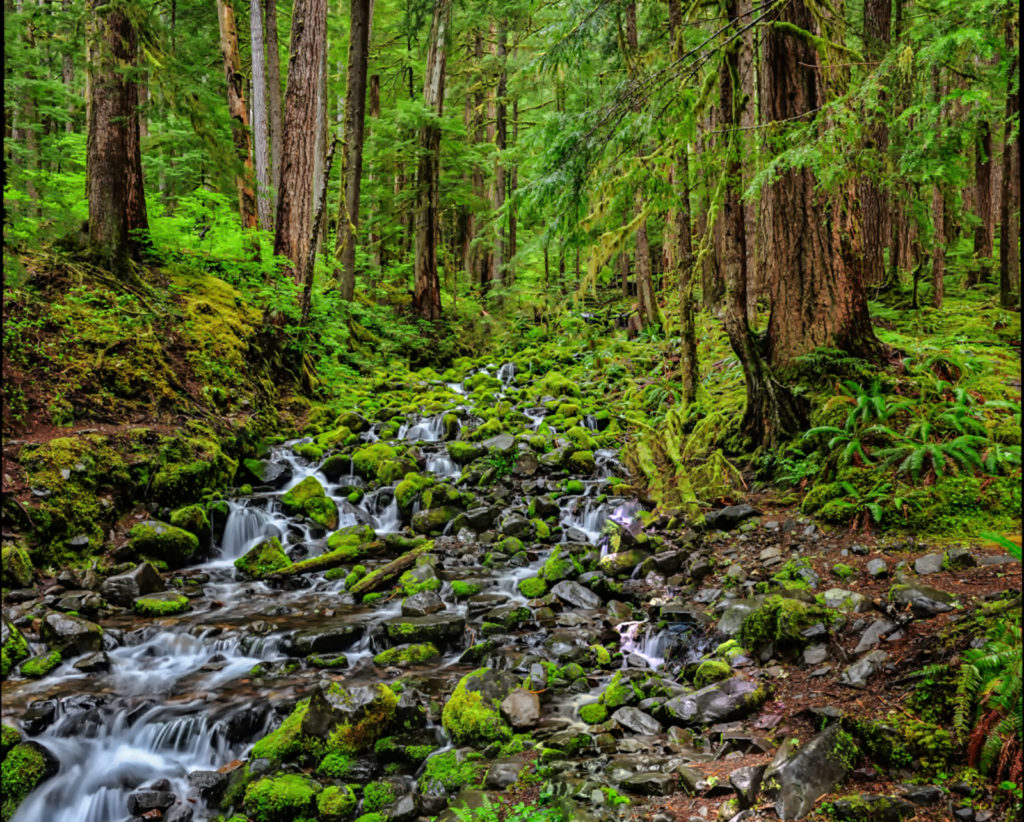
 All text and images © Jack Graham/ All rights reserved Jack’s Workshops 2019
All text and images © Jack Graham/ All rights reserved Jack’s Workshops 2019
We Talk Photo Podcast Jack’s Galleries


